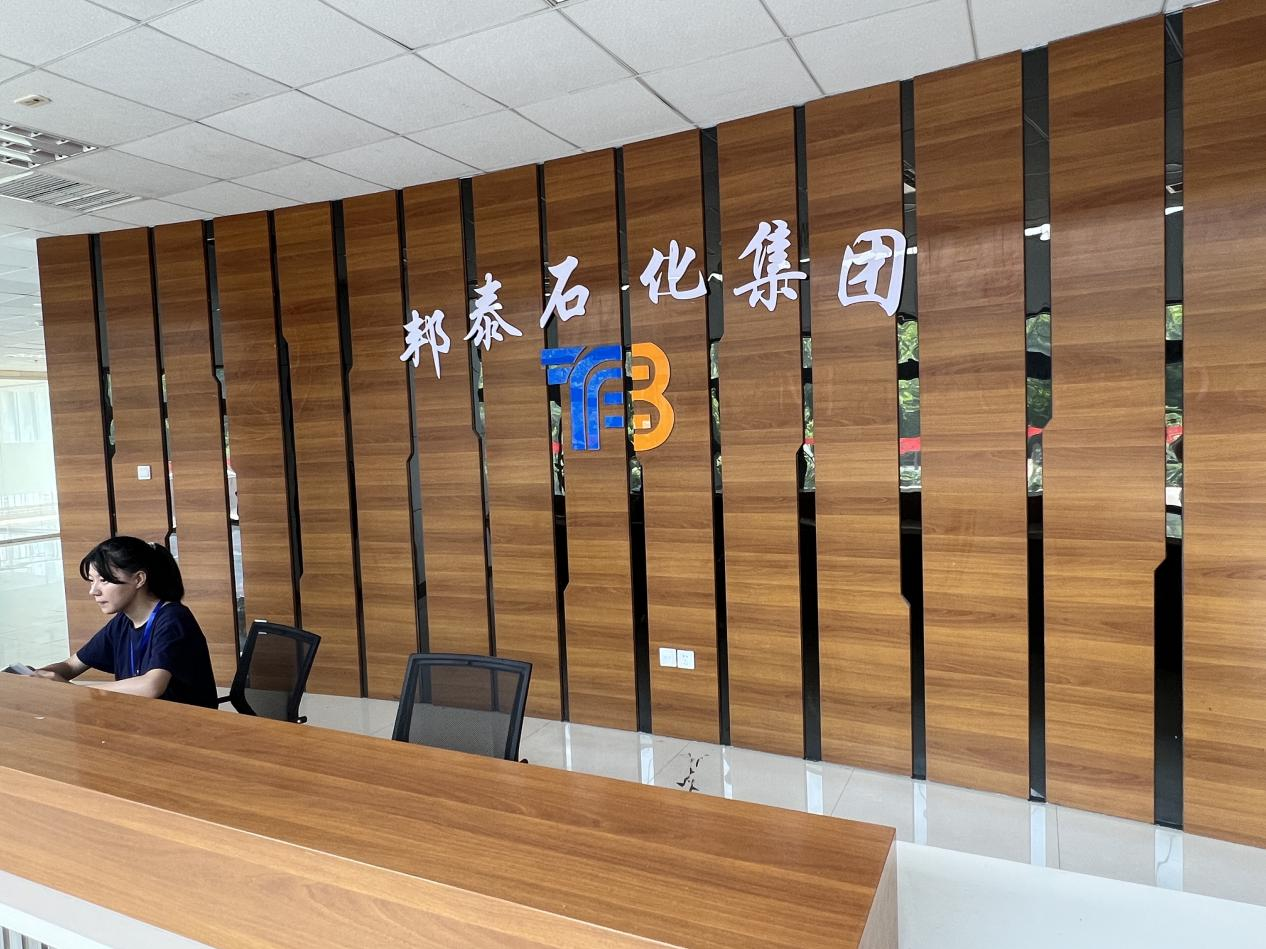(1) CPE
Chlorinated polyethylene (CPE) is a powdered product of suspended chlorination of HDPE in the aqueous phase. With the increase of chlorination degree, the originally crystalline HDPE gradually becomes an amorphous elastomer. CPE used as a toughening agent generally has a chlorine content of 25-45%. CPE has a wide range of sources and low prices. In addition to its toughening effect, it also has cold resistance, weather resistance, flame resistance, and chemical resistance. At present, CPE is the dominant impact modifier in China, especially in the production of PVC pipes and profiles, and most factories use CPE. The addition amount is generally 5-15 portions. CPE can be used in conjunction with other toughening agents, such as rubber and EVA, to achieve better results, but rubber additives are not resistant to aging.
(2) ACR
ACR is a copolymer of monomers such as methyl methacrylate and acrylic ester. It is the best impact modifier developed in recent years and can increase the impact strength of materials by several tens of times. ACR belongs to the impact modifier of core-shell structure, consisting of a shell composed of methyl methacrylate ethyl acrylate polymer, and a rubber elastomer formed by crosslinking with butyl acrylate as the core chain segment distributed in the inner layer of particles. Especially suitable for impact modification of PVC plastic products for outdoor use, using ACR as an impact modifier in PVC plastic door and window profiles has the characteristics of good processing performance, smooth surface, good aging resistance, and high welding corner strength compared to other modifiers, but the price is about one-third higher than CPE.
(3) MBS
MBS is a copolymer of three monomers: methyl methacrylate, butadiene, and styrene. The solubility parameter of MBS is between 94 and 9.5, which is close to the solubility parameter of PVC. Therefore, it has good compatibility with PVC. Its biggest feature is that after adding PVC, it can be made into a transparent product. Generally, adding 10-17 parts to PVC can increase its impact strength by 6-15 times. However, when the amount of MBS added exceeds 30 parts, the impact strength of PVC actually decreases. MBS itself has good impact performance, good transparency, and a transmittance of over 90%. While improving impact performance, it has little effect on other properties of the resin, such as tensile strength and elongation at break. MBS is expensive and often used in combination with other impact modifiers such as EAV, CPE, SBS, etc. MBS has poor heat resistance and weather resistance, making it unsuitable for long-term outdoor use. It is generally not used as an impact modifier in the production of plastic door and window profiles.
(4) SBS
SBS is a ternary block copolymer of styrene, butadiene, and styrene, also known as thermoplastic styrene butadiene rubber. It belongs to thermoplastic elastomers and its structure can be divided into two types: star shaped and linear. The ratio of styrene to butadiene in SBS is mainly 30/70, 40/60, 28/72, and 48/52. Mainly used as an impact modifier for HDPE, PP, and PS, with a dosage of 5-15 parts. The main function of SBS is to improve its low-temperature impact resistance. SBS has poor weather resistance and is not suitable for long-term outdoor use products.
(5) ABS
ABS is a ternary copolymer of styrene (40% -50%), butadiene (25% -30%), and acrylonitrile (25% -30%), mainly used as engineering plastics and also used for PVC impact modification, with good low-temperature impact modification effects. When the amount of ABS added reaches 50 parts, the impact strength of PVC can be equivalent to that of pure ABS. The amount of ABS added is generally 5-20 parts. ABS has poor weather resistance and is not suitable for long-term outdoor use in products. It is generally not used as an impact modifier in the production of plastic door and window profiles.
(6) EVA
EVA is a copolymer of ethylene and vinyl acetate, and the introduction of vinyl acetate changes the crystallinity of polyethylene. The content of vinyl acetate is significantly different, and the refractive index of EVA and PVC is different, making it difficult to obtain transparent products. Therefore, EVA is often used in combination with other impact resistant resins. The amount of EVA added is less than 10 parts.
Post time: Mar-15-2024





